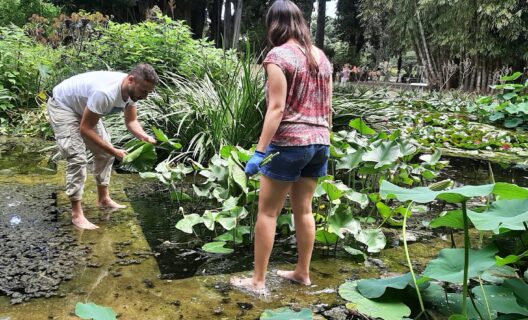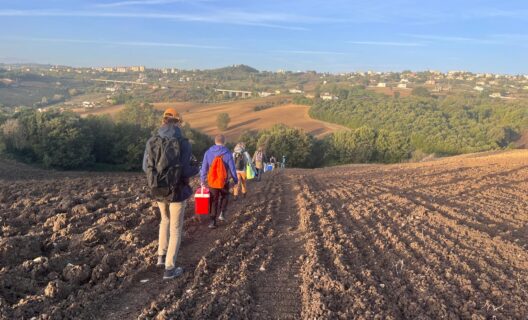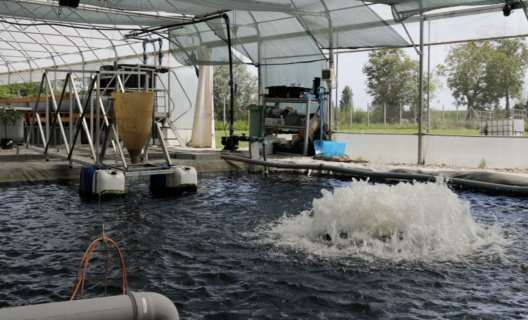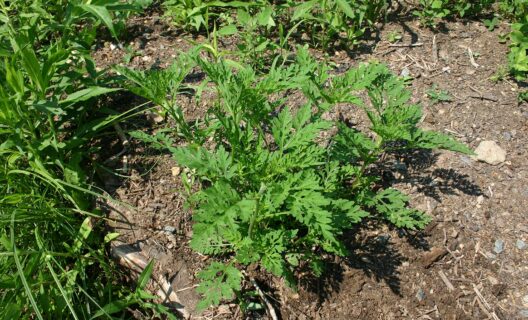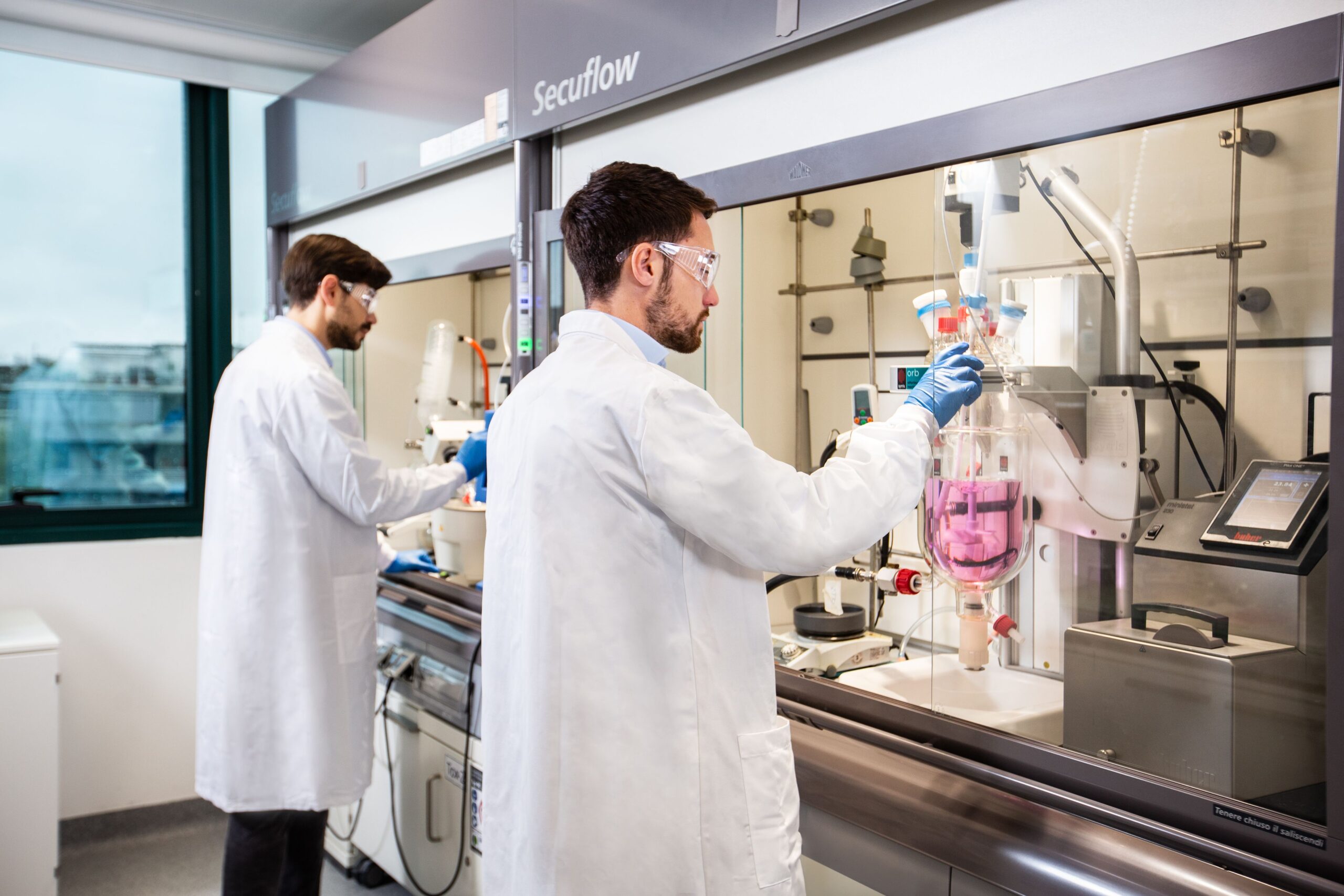

Reading time
0 min
Interview with Dompé on the NBFC project, where biodiversity and biotech meet
In a world increasingly concerned with health, the environment and sustainability, biodiversity is proving to be a scientific resource of incalculable value-even for pharmaceutical innovation. Maria Candida Cesta, head of scientific collaborations and R&D Funding at Dompé farmaceutici, takes us behind the scenes of a work that brings universities, industry and institutions into dialogue, seeking a balance between science, biodiversity and the future.

""
Dr. Cesta, Dompé has two major strands: pharma and biotech. NBFC deals with biodiversity. How do these two realities come together?
“They meet in research and development. Dompé has a pharma soul, which concerns the production and marketing of ethical, over-the-counter and nutraceutical drugs , and a biotech soul. With the latter, Dompé has developed, both from a manufacturing point of view and, to follow, also in the clinical field, nerve growth factor (NGF) discovered by Nobel Prize winner Rita Levi Montalcini. -. I mention it because it is a representative product of our focus in research and development. In this context, Exscalate, one of the most powerful intelligent supercomputing platforms in the world, which has the largest enumerated chemical library known for the identification of preclinical candidates and therapeutic targets, was also born and has developed over time, capable of evaluating more than three million molecules per second drawing from a library of two trillion molecules and compounds of potential pharmacological interest. This highly complex platform is at the heart of our collaboration with NBFC. It allows us to perform screening in silico (i.e., virtual) of thousands of molecules, including natural ones, for an initial selection of those active on specific molecular targets of pharmacological and project interest.
""
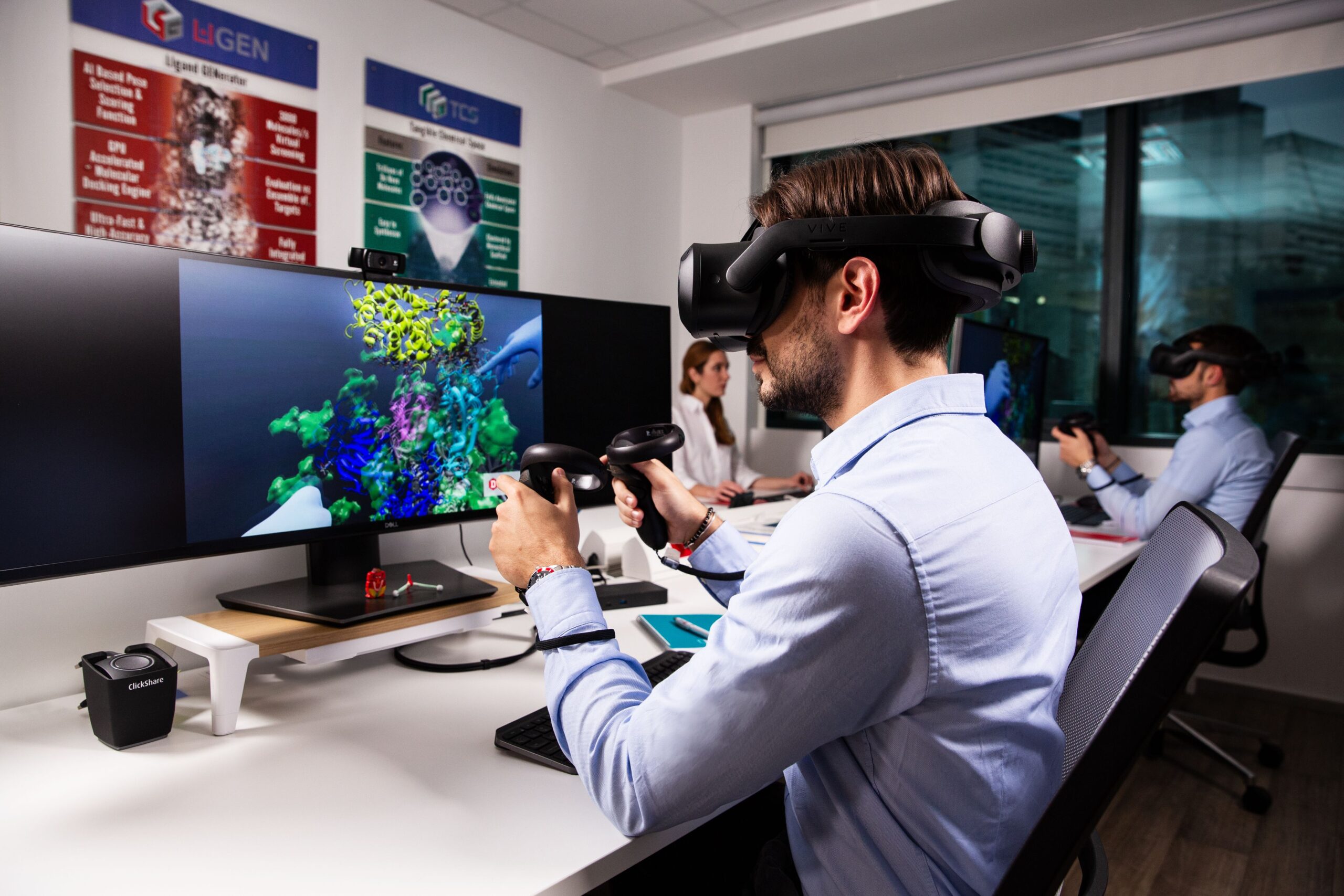
""
Simply put, does the work you are doing with NBFC result in the study of the beneficial potential of all these molecules?
“That’s right. We make available to NBFC our libraries of compounds that include natural, plant-origin, marine and terrestrial substances and screen them. In the NBFC there is a clear direction: to identify natural bioactive substances that can act on chronic noncommunicable inflammatory diseases. This gives us references on potential therapeutic targets to focus on. With Exscalate we do an initial virtual screening of the libraries; if potentially active molecules are identified, we move on to in vitro screening on cell lines. If the results are promising, we make the selected molecules available to NBFC. NBFC‘s Spoke 6 partners, for their part, send us the natural extracts they have selected, and we analyze them, check for biological activity on the target of interest, and, using the platform’s chemo- and bioinformatics tools, perform initial characterization studies of the mechanism of action. Extracts often consist of a combination of substances with different concentrations. In some cases, the biological activity is due to the whole combination, in others to one or two molecules only. The platform helps us identify the active components, determine their chemical structure, and whether they are already known, commercial, or synthesizable. In short, to profile what could become an active ingredient. In other words, it’s about selecting and understanding what works and why.”
Dompé provides its resources. What is the mutual gain of the parties involved? How is it adjusted?
“Underlying public-private collaborations are always very clear agreements. Each partner retains ownership of what they already owned before the collaboration began. So, for example, Dompé’s libraries remain Dompé’s. If active molecules emerge from those libraries, they are our property. On the other hand, when working on materials provided by the university, for example, if the company is interested in valorizing them, specific agreements can be made, as provided for within NBFC in relation to the ownership of results that may be generated by the research and potentially can be valorized, for which it is also possible to provide the opportunity for the company to continue to develop the selected candidates independently.”
Let’s talk about biodiversity again: for a company like yours, does it go hand in hand with innovation?
“Yes, and I’ll give you a concrete example. In recent years Dompé has re-entered the world of prevention, with a focus on nutraceuticals, always keeping scientific research and innovation at the center-the pillars of Dompé’s work in this area-to provide the consumer with cutting-edge and safe products to support health and improved quality of life through prevention. For example,it is well known that many of the supplements on the market for liver “purification” are based on artichoke extracts. This is because its leaves contain cynarin, a natural compound that has hepatoprotective action and stimulates bile secretion. Well, by analyzing the chemical profiles of different extracts, it was seen that the concentrations of cynarin are higher in plants from some specific regions rather than others, thus highlighting that some varieties have specific value, including economic value, and should therefore be protected and increasingly studied. This is just one example, to make it clear why biodiversity and business sometimes go precisely in the same direction.”
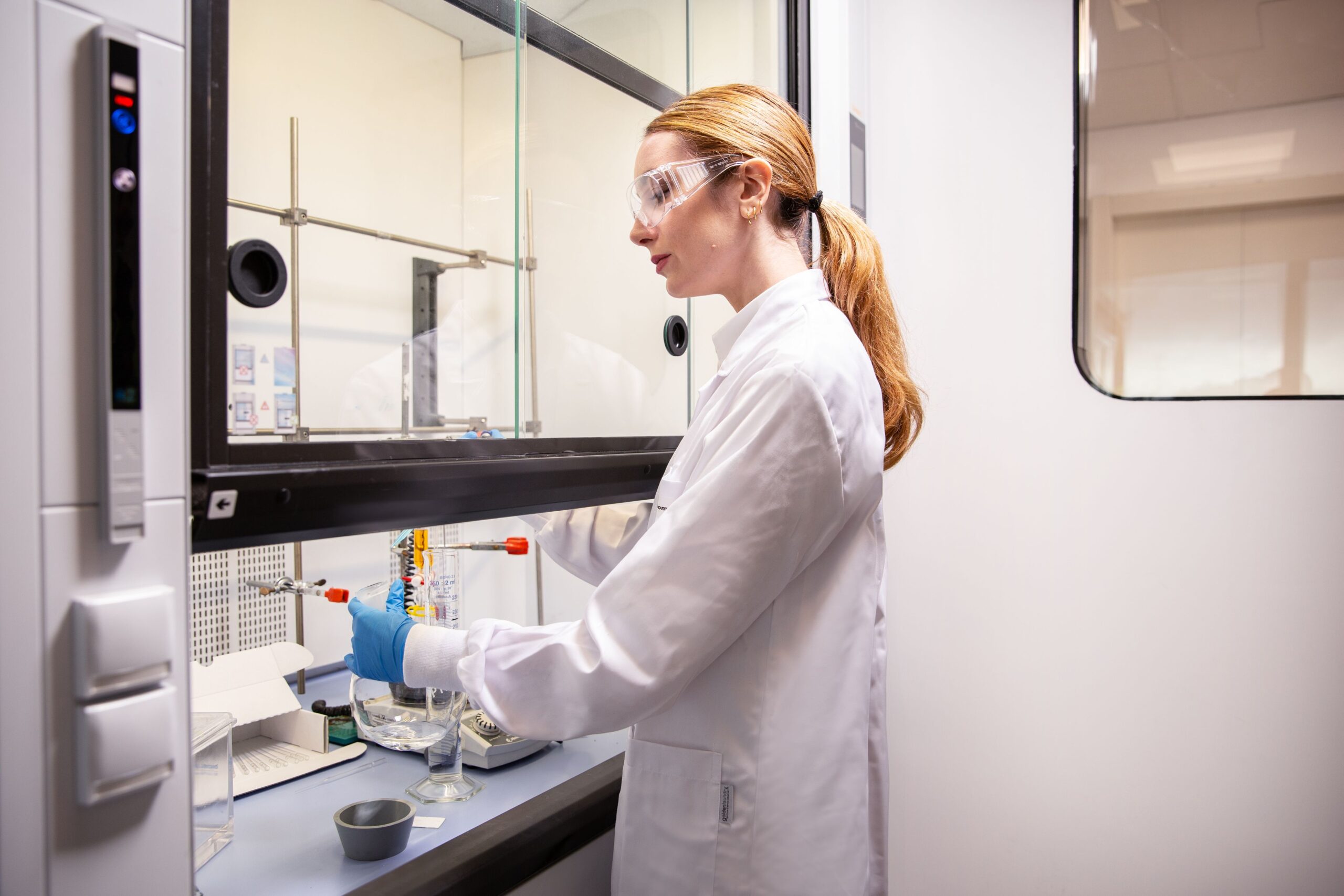
""
Based on the research you are doing with NBFC, what seems most promising to you?
“Together with Spoke 6 colleagues, we are working on a shared database that will be made available to the scientific community and will contain molecules with an initial degree of in vitro characterization, on cellular models. This database, which will be updated and implemented over time, will be searchable by the researcher who wants to know whether a certain molecule exists, whether it has been studied, what activities it performs, and what targets it acts on. This is already a very important first achievement. In addition, we hope to have contributed to increasing knowledge about the characteristics of certain plant extracts. Ours is a seed work, aiming to build scientific knowledge and understanding. Finally, we also hope to contribute to the development of a “white paper” on so-called “botanical drugs,” drugs derived from plant extracts. The company, starting from its experience in the pharmaceutical field, in collaboration with NBFC colleagues, could support the initiation of a discussion with regulatory authorities, both Italian and European, to build a specific regulatory path to fill the existing gaps.”
Protagonists of the interview
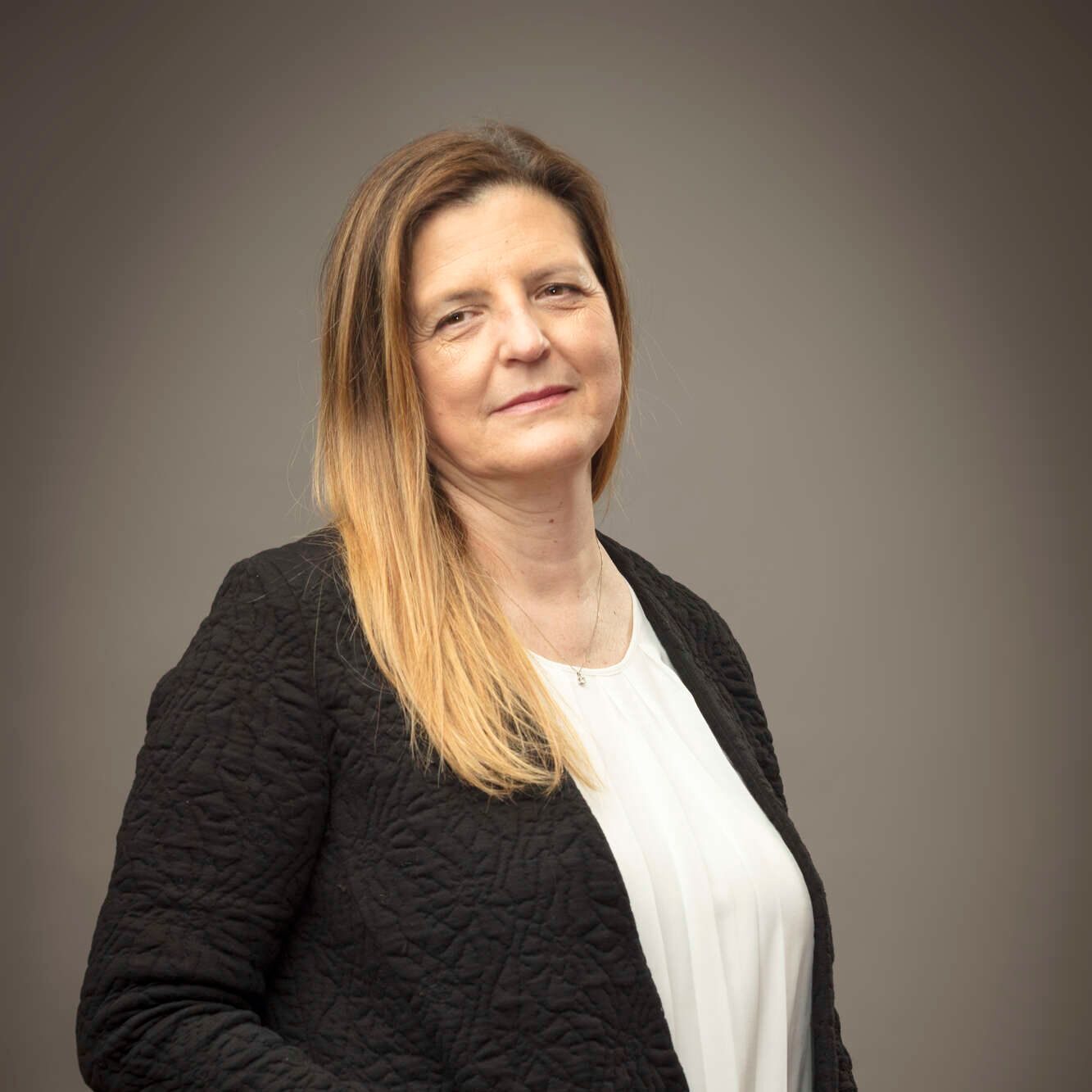
Maria Candida
Cesta
- Direttrice Collaborazioni Scientifiche & Finanziamenti
- Dompé farmaceutici
- candida.cesta@dompe.com Copia indirizzo email
Listen to other voices
Discover other voices and new perspectives: biodiversity told by those who study it, protect it and make it known





